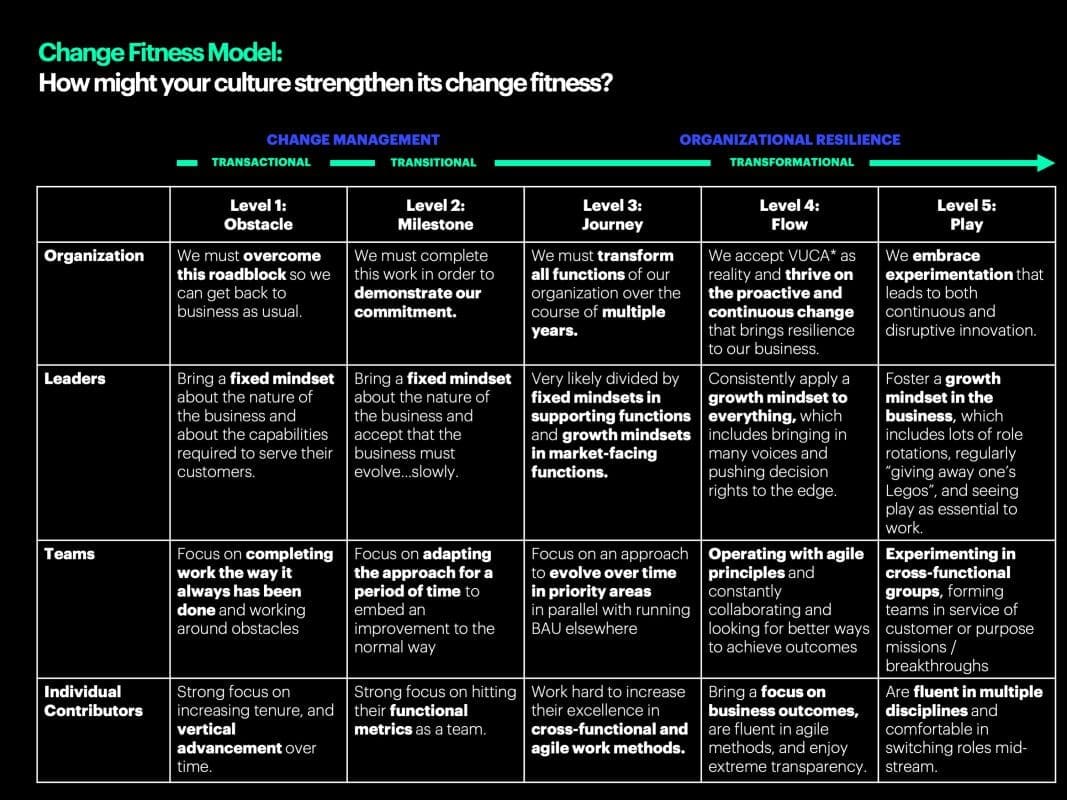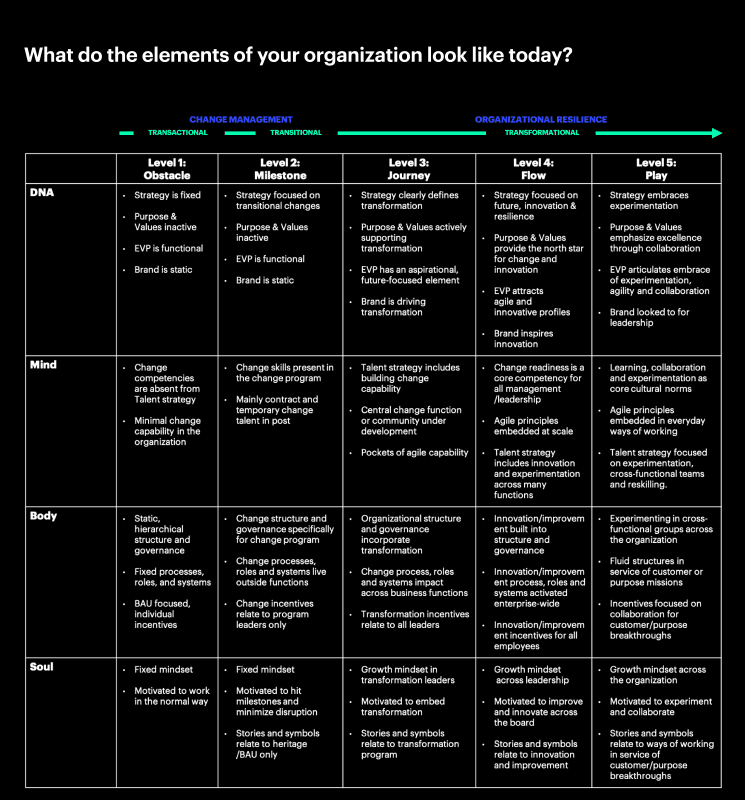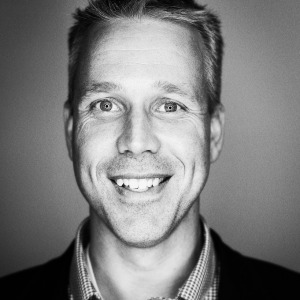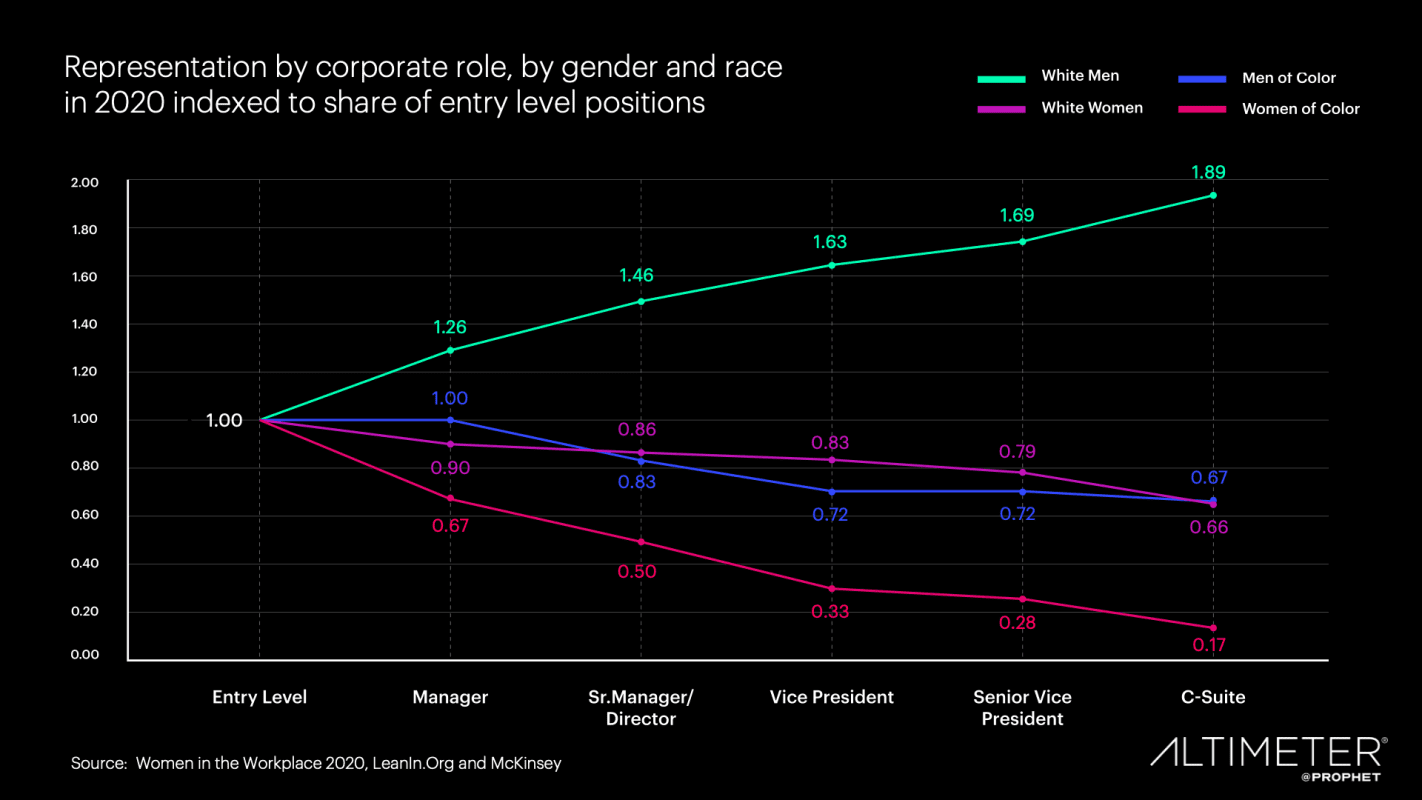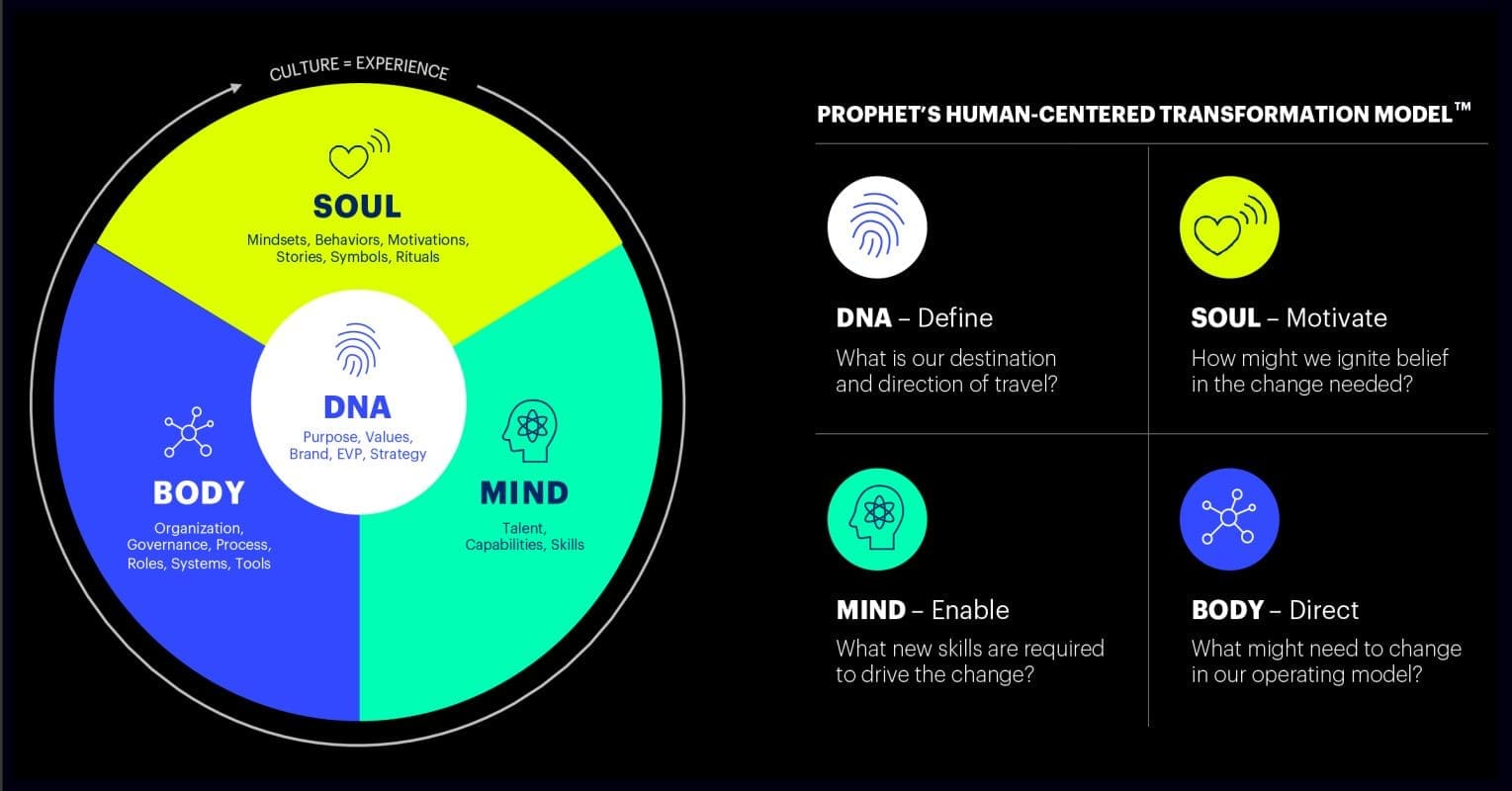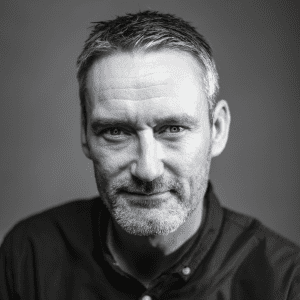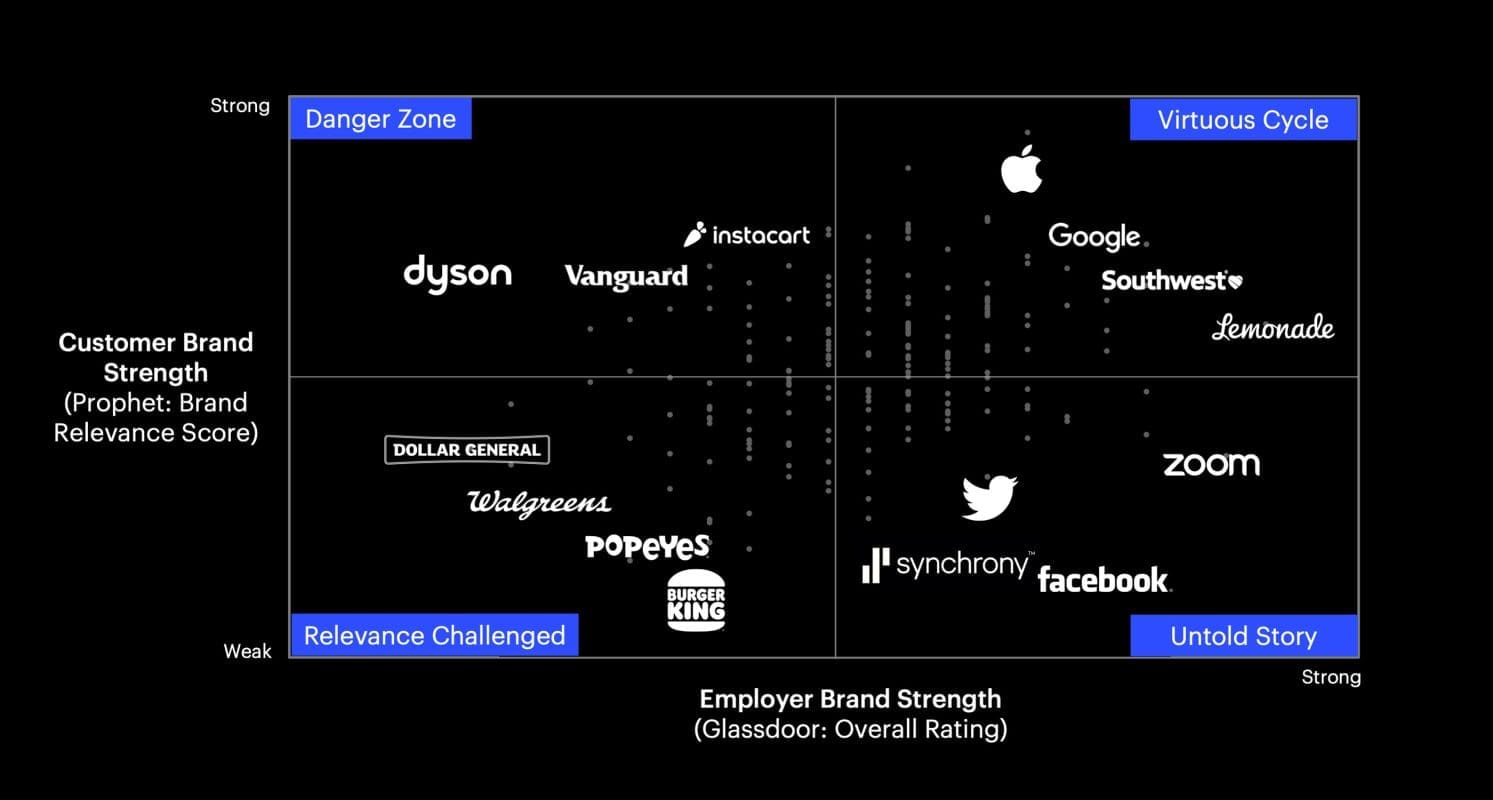Remote teams want a better employee experience. Where to start?
Getting work done remotely isn’t the issue. It’s getting it done well, in a way that’s best for the organization and most engaging for the virtual workforce.
Through our efforts in digital transformation, customer and employee experience and cultural change management, we’re discovering straightforward approaches that companies can implement quickly. And by focusing on increasing employee engagement and productivity, they are leading companies to more effective–and even transformational– solutions.
Learning the ropes of engaging a remote workforce
It goes without saying that the work-from-home trend was well underway before the pandemic began. Many companies have long allowed at least some employees to contribute remotely. These organizations are already enjoying long-term benefits. They recruit the best talent from all over the world, regardless of location. And they enjoy a higher retention rate, especially among Millennials and Gen Z workers, who crave a better work/life balance, shorter commutes and more affordable housing.
But with the global surge in home-based workers holding strong, it’s important for all companies to design the best remote employee experience. That means supporting the company’s purpose, culture and customers, as well as its people.
4 Steps to Optimizing the Remote Employee Experience
Step 1: Start by analyzing workflows
Smart companies are treating the evolved employee experience as an opportunity to accelerate digital transformation, digging into which internal workflows might remain virtual for the long-term, even as recommendations of social distancing begin to ease.
To continue to identify workflows that make the best fit, implement metrics for what’s working so far, measuring productivity and engagement in all departments.
Step 2: Create engagements that support the culture
Zapier, a global remote company that helps users integrate web applications, has been primarily remote since it started back in 2011. To increase the sense of collaboration, it hosts a weekly Design Club, a digital open house that allows anyone in the company to present work for feedback. Anything is fair game, including research plans, visual designs and new concepts from product teams.
Using a Design Club channel on Slack and a weekly Design Club video call, colleagues can sign up to receive asynchronous or real-time critiques from their peers and stakeholders. It fosters an inclusive culture of appreciating and leveraging diverse perspectives, giving people visibility into what others are working on. And best of all, it improves the quality of the work.
With a little effort, most companies could implement similar ideas in less than a week.
Step 3: Review tools and applications often
Workers have grown numb to the onerous burden of email. And while switching to remote work offers much more efficient options, like Slack, Teams and Zoom, they can be just as paralyzing if they’re poorly managed. Finding the right mix and balance of communications channels becomes even more critical for a remote workforce.
Pay close attention to what seems to be working, and what’s burying staff in pointless group alerts and notifications. In an interview, Matt Mullenwegg, founder of Automattic, which operates WordPress.com and a host of other properties, discussed the importance of trial-and-error in building a virtual company with 1,200 people around the world.
“Today we use an internal blogging system called P2 instead of email,” he tells Ben Thompson, author of the popular business strategy blog Stratechery. “We use Slack for real-time chats and things like Zoom for calls and meetings. But over the years, we’ve also developed just a lot of cultural things around how we use these tools.”
For example, with employees in multiple time zones, meetings in real-time become more difficult, so asynchronous options are essential.
Step 4: Keep weighing the long-term implications
What changes might remote work have on your business long term–in terms of recruitment, retention and profits?
Automaticc’s Mullenwegg often surprises people when he talks about the company’s considerable investment in employee travel. Because almost everyone is a remote worker, real-estate outlays are minimal. But it spends heavily on group meetings, bringing the entire company together at least once a year. And individual teams of up to 15 people meet more often. “There’s nothing, no technology, VR or otherwise, that has the same effect of breaking bread across the table or sharing a drink with someone, for building trust, for building communication, for getting to know someone,” he says.
“There’s no doubt that as companies adjust to the new normal, they must revisit the definition of their employee value proposition.”
For many companies, building for the future means getting past the question of whether employees will like working remotely. Not all will, just like some people hate open-floor office plans. The point is to quickly pick up on employee concerns about efficiency, productivity and engagement.
Try fostering models for continuous exploration of better ways of working remotely. Those might include a group of colleagues who have this as a side project, internal and external surveys to see what different teams and companies are doing, or a Slack channel where people share ideas.
It’s important to keep looking at new tools that are worth testing. For example, new video-conferencing platforms, such as Around, offer features like AI-driven background noise cancellation and facial focus.
Shockingly, many companies have stopped probing employee sentiment at this critical time. And if they are, they are often asking about process and technology, instead of the key question: “How is this working for you personally, and how can we make it better?” Tools like Glint, an employee-engagement platform, make this kind of pulse-checking easy.
There’s no doubt that as companies adjust to the new normal, they must revisit the definition of their employee value proposition. And as companies thread their way through the after current of the virus, , we don’t expect to see many overnight decisions. But we do believe this will be the most durable change wrought by the coronavirus and one that will benefit both employers and their employees.
The reality is that there are far more people who are underserved in their desire to work virtually than most employers realize. Many will fare better as remote team members. And as best practices continue to emerge both from digital pioneers and remote newbies, we see the best results for those who design the optimal remote employee experience. That means creating a continuous model for improvement, steadily looking for net new benefits and using the right tools for the right reasons.





